Leading market players are investing heavily in R&D to expand their product lines, which will help the Fresh Food Packaging Market, grow even more. Market participants are also undertaking a variety of strategic activities to expand their footprint, with important market developments including new product launches, contractual agreements, mergers and acquisitions, higher investments, and collaboration with other organizations. To expand and survive in a more competitive and rising market climate, Fresh Food Packagingindustry must offer cost-effective items.
Manufacturing locally to minimize operational costs is one of the key business tactics used by manufacturers in the Fresh Food Packaging industry to benefit clients and increase the market sector. In recent years, the Fresh Food Packaging industry has offered some of the most significant advantages to medicine. Major players in the Fresh Food Packaging Market , including Mondi Pic. (South Africa), Bemis Company, Inc. (U.S.), E. I. du Pont de Nemours and Company (U.S.) Silgan Holdings Inc. (U.S.). International Paper Company (U.S.) and others, are attempting to increase market demand by investing in research and development operations.
Amcor plc is a multinational packaging corporation. It creates and manufactures flexible packaging, rigid containers, speciality cartons, closures, and services for a variety of products including food, beverage, pharmaceutical, medical-device, home and personal care,[4] and others. During the 1860s, paper milling firms were created in and around Melbourne, Australia. In 1896, they merged to form the Australian Paper Mills Company Pty Ltd. Amcor is listed on both the Australian Securities Exchange (ASX: AMC) and the New York Stock Exchange (NYSE: AMCR).
As of 30 June 2022, the company employed 44,000 people and earned $14.5 billion in revenue through activities in more than 200 locations across 40 nations. In March 2021, Amcor introduced a 1-liter fresh milk container bottle. This is constructed of 20% transparent Post-consumer Recycled (PCR) Polythene Terephthalate (PET), which boosts the product's sustainability.
Modi Enterprises is a New Delhi-based Indian corporate group. Godfrey Phillips India, Indofil Industries Ltd., and Modicare Limited make up the $2.8 billion group, which has a diverse business portfolio that includes cigarette manufacturing, education, agricultural chemicals, personal care, tea and beverages, entertainment, consumer products, multi-level marketing, and gourmet restaurants. Gujarmal Modi (1902-1976) created the Modi Group, which grew from a small, family-run business to include Modi Sugar, Modi Vanaspati Mfr Co., Modi Industries Ltd, ModiLuft, and others.
In April 2020, Modi Group, a major worldwide packaging solution provider, has teamed with Reckitt Benckiser Group to produce a wholly mono-material flexible plastic packaging portfolio for the premium range of Finish Dishwasher Tablets 'Quantum Ultimate'.
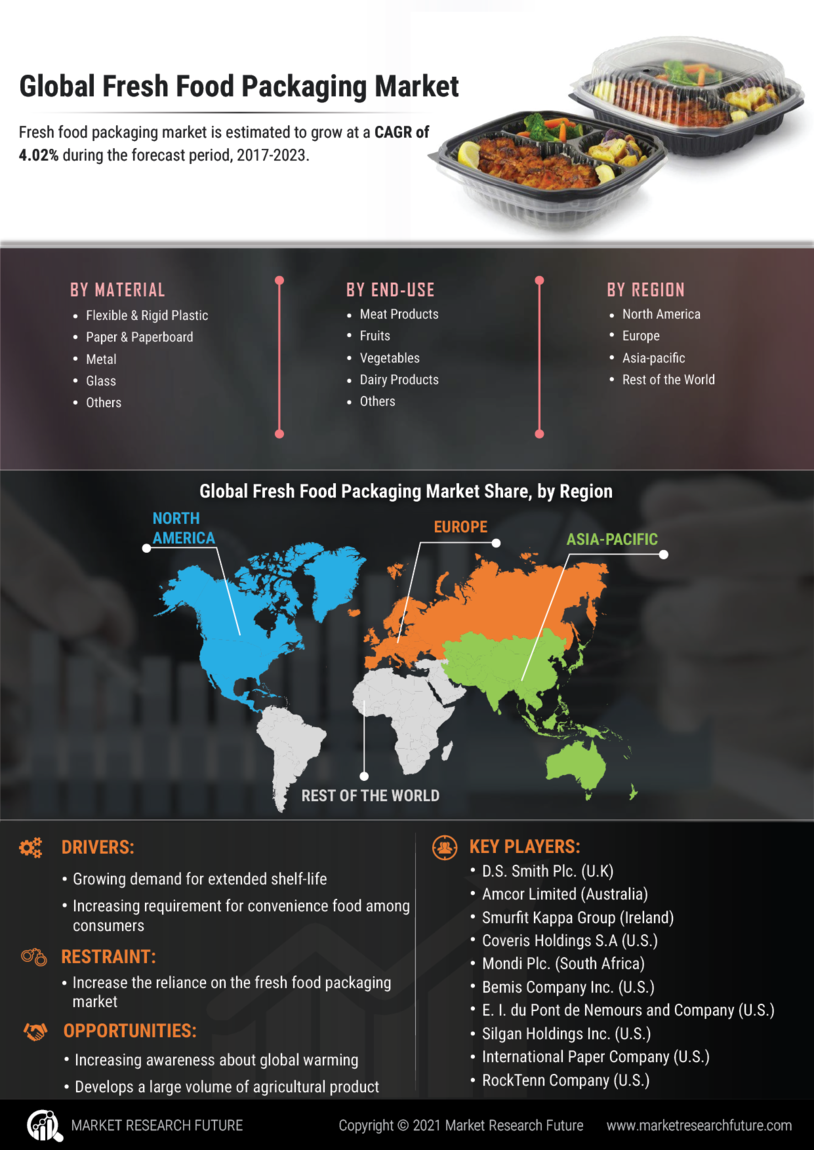

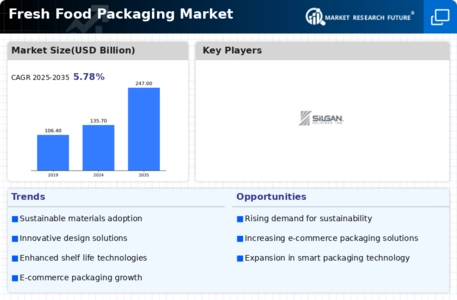
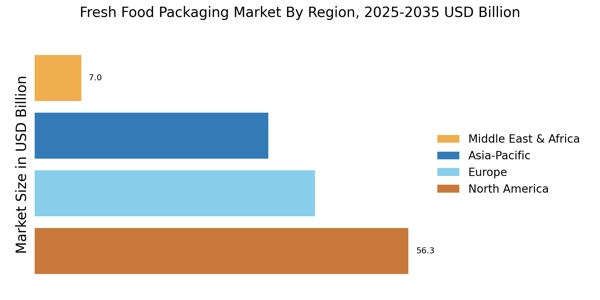
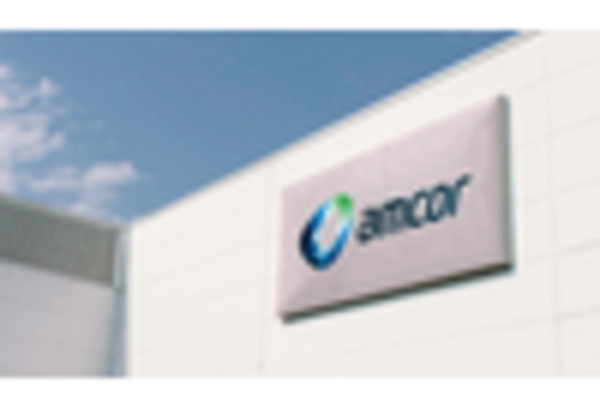
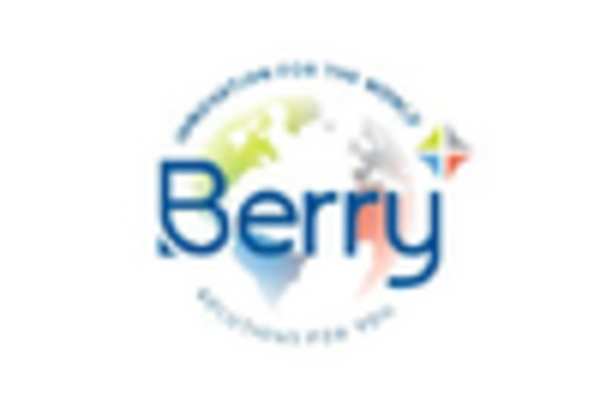
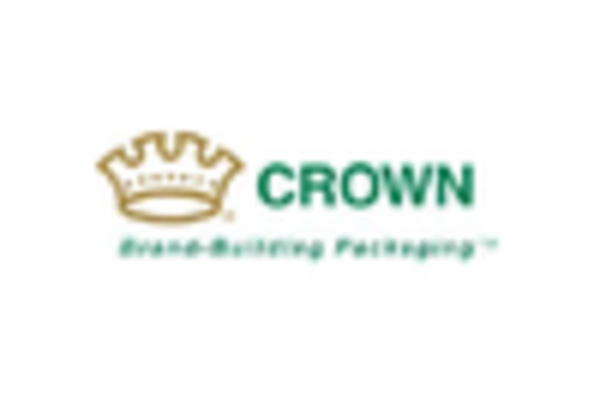

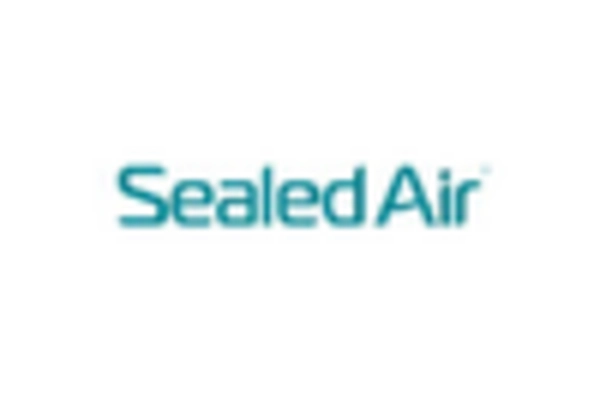









Leave a Comment